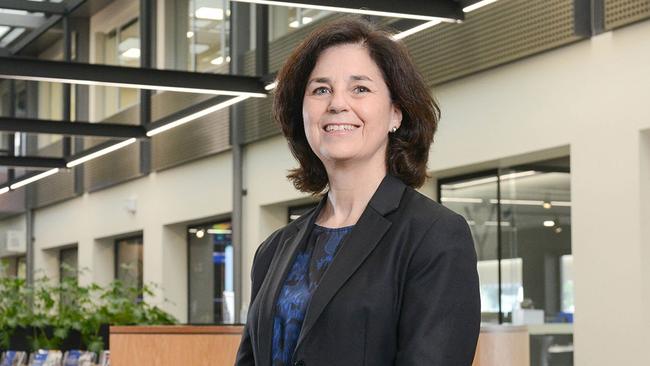SA needs more people – but we’re ignoring the opportunities for digital work in our regions | Susan Stone
Growing the population would benefit us all – but policymakers are flying blind and ignoring opportunities for digital services in our regions, writes economist Susan Stone.

SA News
Don't miss out on the headlines from SA News. Followed categories will be added to My News.
It is generally argued that, to achieve long term growth for South Australia, the population needs to expand.
Specifically, this means more skilled migrants – whether from interstate or overseas – to not just meet existing shortfalls, but to stimulate business activity.
This argument is based on studies that find a growing population leads to growing total output (Gross Domestic Product) and improved standards of living. But it’s important that we measure where in our state these opportunities will play out because it influences public policy.
Standard of living is determined by the number of people living here and, importantly, what those people produce. It used to be that measuring output was straightforward – the output of things like wheat, or coal or cars is pretty easy to measure.

As economic activity grew, we found that services were an important part of that activity. The Australian Bureau of Statistics has estimated that services now account for 80 per cent of the value of output in Australia.
And yet it is only in the past 10 years that we have been able to measure services and their contribution to the economy with any degree of accuracy.
As we emerge from the pandemic and return to a “new normal”, we are faced with trying to figure out how and where to grow an economy with two of the most important driving forces – the nature of work and the digital economy – that aren’t well understood or measured.
We know the digital revolution has changed our lives. Yet according to statistics, the information sector, as a share of household consumption in SA, has increased only 2.5 per cent per year in the past 20 years. To paraphrase economist Robert Solow, the digital age is everywhere except in the GDP statistics. That is because many digital services are free.
But we get more value from free digital goods such as Wikipedia and online maps than we did from their more expensive paper predecessors. And significantly, digital services have enabled us to transform the way we work. Yet measuring the impact of this transformation on economic activity is proving difficult.
So what does this mean for population growth and SA? It means that opportunities for regional areas may be understated given the lack of ability to adequately measure these two trends. With a good laptop and a high-speed connection, we can work from anywhere. We are not tied to CBDs or the office five days a week. These trends could be a real boon for regional communities. But if they remain unmeasured, they won’t get the attention, or the support, they deserve from the state government.
A region must have good connectivity and good social services (i.e. schools and health services). And with good roads, trains or airports, workers can continue to report to the office with enough frequency. If the goal is to grow output for the state, first we must understand and better measure where the opportunities are – and that means going beyond capital cities.
Susan Stone is UniSA chair of economics
More Coverage
Originally published as SA needs more people – but we’re ignoring the opportunities for digital work in our regions | Susan Stone




